Katmai is a national grizzly bear park situated in southern Alaska on the hard-to-reach Alaska Peninsula. The park’s mission is to preserve the unspoiled nature here, which includes 18 individual volcanoes. Seven of these have been active since 1900.
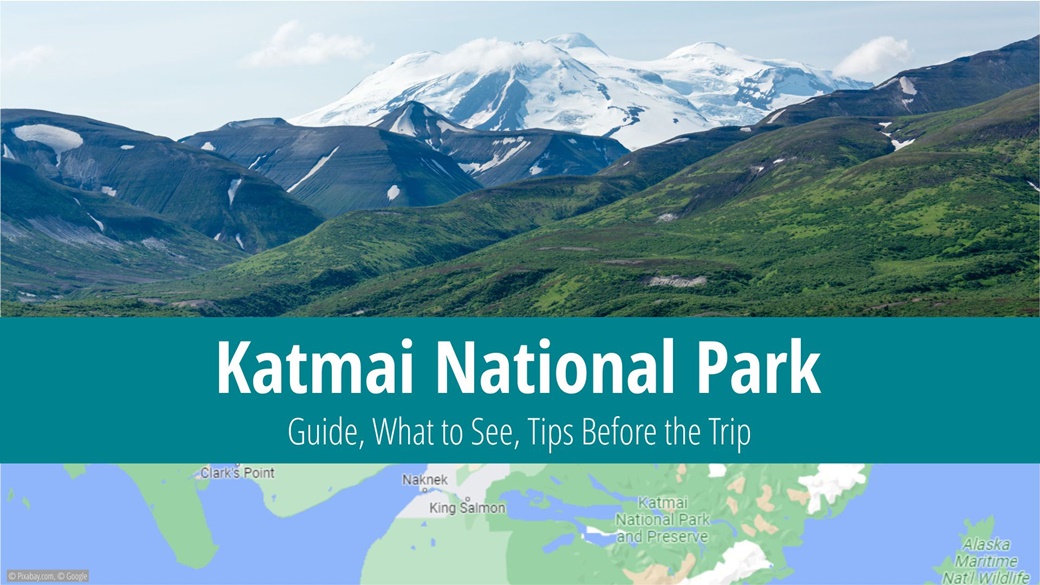
Table of Contents
- Information About Katmai National Park
- What to See and Do in Katmai National Park
- When to Go to Katmai National Park
- Admission to Katmai National Park
- How to Reach Katmai National Park
- Lodging at Katmai National Park
- Tips and Recommendations before Traveling to Katmai National Park
- Photos of Katmai National Park
Information About Katmai National Park
Covering 5,741 sqmi, the park is one of the largest. In 2021, it welcomed 24,764 visitors. The park was officially established on December 2, 1980, a date shared by other Alaskan parks. Additionally, Lake Clark National Park and Kenai Fjords are located relatively close to Katmai.
Interestingly, until the 1950s, this was a sparsely visited area due to its remoteness and the risk of volcanic hazards. The largest eruption of the entire 20th century occurred in June 1912 when Mount Katmai and Novarupta erupted simultaneously. This event created the Valley of Ten Thousand Smokes, which shapes the entire landscape of the area. The currently active volcanoes are Mount Katmai, Trident Volcano, Mount Martin, Novarupta, Mount Mageik, and Fourpeaked Volcano. The highest point in the park is the Mount Denison stratovolcano, standing at 7,605 ft.
The grizzly bear, also referred to as the brown bear, is a symbol of Katmai National Park and its most iconic animal. Watching these shaggy bears is one of the park’s main attractions. Elk, grey wolves, beavers, porcupines, and martens also inhabit the park. Among the aquatic creatures, sea lions and sea otters are prevalent, while salmon are the most abundant fish, serving as the main food source for the aforementioned bears.
What to See and Do in Katmai National Park
The most unforgettable experience when visiting Katmai National Park is observing the grizzly bears as they forage for food. An estimated 2,200 of these bears reside in the park, and the best months for viewing are June – September. Several platforms are set up at Brooks Camp for comfortable and safe bear viewing while they fish.
The stunning scenery and just 3 mi of marked trails encourage multi-day wilderness treks. You can combine hiking with kayaking, canoeing, rafting, or other boating activities. Experience beyond ordinary camping and thorough preparation are the basic necessities!
Apart from the basic essentials, your gear should include GPS navigation, high-calorie food supplies, a first aid kit, a signaling device, and insect repellent.
Several popular hiking destinations are available, and the park’s visitor centers have rangers who can assist you in planning your route:
American Creek
This remote, 40 mi-long river is especially appealing to anglers for its trophy catches. Plan for a 7-10 day trip.
Pacific Coast
More than 398 mi of rocky beaches and volcanoes in the background create one of the world’s most beautiful coastlines.
Lake Naknek
The largest lake completely within any USA national park is brimming with fish and offers stunning views.
Savonoski Loop
Perfect for paddlers – a 81 mi loop designed for kayaks and canoes winds through two large lakes.
Valley of Ten Thousand Smokes
A completely unique landscape that continually attracts volcanologists from around the world.
Funnel Bay and Moraine Creek
These bays, filled with water from the mountain lakes, are especially worth a visit in late summer when the grizzly bears come out to hunt salmon.
As mentioned above, the salmon-rich rivers and lakes make Katmai a favorite destination for anglers.
When to Go to Katmai National Park
Katmai National Park is accessible year-round, but most visitors come between June and September, which is the peak season for bear viewing. This period is also the hottest and rainiest time of the year.
Summer temperatures range from 46 °F to 64 °F, while winters tend to be milder than one might expect. Temperatures almost always fall below freezing, but the typical minimum is 7 °F. Winter precipitation is at least half that of summer.
When selecting clothing, remember two principles – opt for waterproof items and bring enough to layer. Don’t forget gloves or headgear!
Average Temperatures and Visitor Numbers in Katmai National Park
Average temperatures in Katmai National Park in the King Salmon area. Visitor numbers are based on a 2017-2021 average, data sourced from the National Parks Service.
| Max Temp | Min Temp | Precipitation Days | Visitors | Popularity | |
|---|---|---|---|---|---|
| January | 23 °F | 9 °F | 8.2 | 80 | 🟩 |
| February | 23 °F | 7 °F | 5.9 | 80 | 🟩 |
| March | 32 °F | 14 °F | 5.8 | 80 | 🟩 |
| April | 41 °F | 25 °F | 5.6 | 80 | 🟩 |
| May | 52 °F | 36 °F | 6.4 | 110 | 🟩 |
| June | 59 °F | 43 °F | 7.2 | 5 703 | 🟧🟧🟧 |
| July | 64 °F | 48 °F | 10.2 | 19 284 | 🟥🟥🟥🟥 |
| August | 63 °F | 48 °F | 11.5 | 12 397 | 🟥🟥🟥🟥 |
| September | 55 °F | 41 °F | 11.6 | 6 350 | 🟧🟧🟧 |
| October | 41 °F | 27 °F | 9.4 | 154 | 🟩 |
| November | 30 °F | 16 °F | 8.7 | 80 | 🟩 |
| December | 25 °F | 9 °F | 8.4 | 80 | 🟩 |
Admission to Katmai National Park
Entrance to Katmai National Park is free of charge, as is the case with all parks in Alaska.
How to Reach Katmai National Park
Katmai National Park is remotely located with no road access, hence visitors must rely on boats and planes. An air taxi service is available from Anchorage or other Alaskan towns like Dillingham, Homer, King Salmon, or Kodiak.
Alaska Airlines operates scheduled flights on some routes. The cost of a round-trip ticket? Expect to pay hundreds of dollars at the very least.
You must arrange your own transportation within the park. A canoe or kayak could be helpful.
Lodging at Katmai National Park
🏨 Hotels
For comfort, consider staying at the Brooks Lodge on the banks of the river bearing the same name. The lodge is accessible from June 1 to mid-September and requires a reservation. Other commercial hotels and lodges are available in the towns of Homer and Anchorage.
⛺ Camping
For tent camping, the Brooks Campground is located on the shores of Naknek Lake, just about 1,640 ft from the visitor center of the same name. Campground amenities include restrooms, a drinking water source, and areas for secure food storage. As is typical in Alaska, food must be carefully stored away from the ever-hungry bears. Bear pepper spray deserves a place in your pack – it’s no joke, it could save your life.
The campground is open from May until the end of October. The camping fee from June 1 to September 17 is $12.00 per site per night, and the rest of the year it’s $6.00. The campground can accommodate up to 60 people.
Tips and Recommendations before Traveling to Katmai National Park
ℹ️ Visitor Centers
Katmai National Park has two information centers and a smaller ranger station:
- Brooks Camp Visitor Center
This center, located at Naknek Lake near the campground of the same name, is open from June 1 through September 17 each year. At the center, you can rent free containers for food storage, attend programs organized by the rangers, or buy a souvenir book or poster. Park rangers are available to answer any questions. - King Salmon Visitor Center
This year-round visitor center is located next to the King Salmon Airport terminal. It is open from 8:00 am to 5:00 pm and features a gift shop as well as exhibits mapping the landscape around Katmai. - Three Forks Visitor Contact Station
This smaller station is located on the only road within the park in the Valley of Ten Thousand Smokes. It is open from 12:00 noon to 3:00 p.m. between June 7 and September 17.
👍 Good to Know
While exploring the Alaskan wilderness, it is crucial to follow safety guidelines, particularly in an environment populated with bears. The primary rule is – be loud. Sing, converse, and remain in groups. A bear will notice you, but will likely have no reason to attack. Keep a minimum safe distance of 148 ft from bears and avoid approaching them. If a bear attacks, suppress your fear and play dead. This tactic may discourage it, as running away is futile.
Proper food storage is also important. Always use containers that do not emit the smell of food that could attract bears. Keep all clothing and equipment together, as loose items can pique a bear’s curiosity.
Before traveling to the park, study and save the free brochures and maps provided by the park service on your phone.
Photos of Katmai National Park
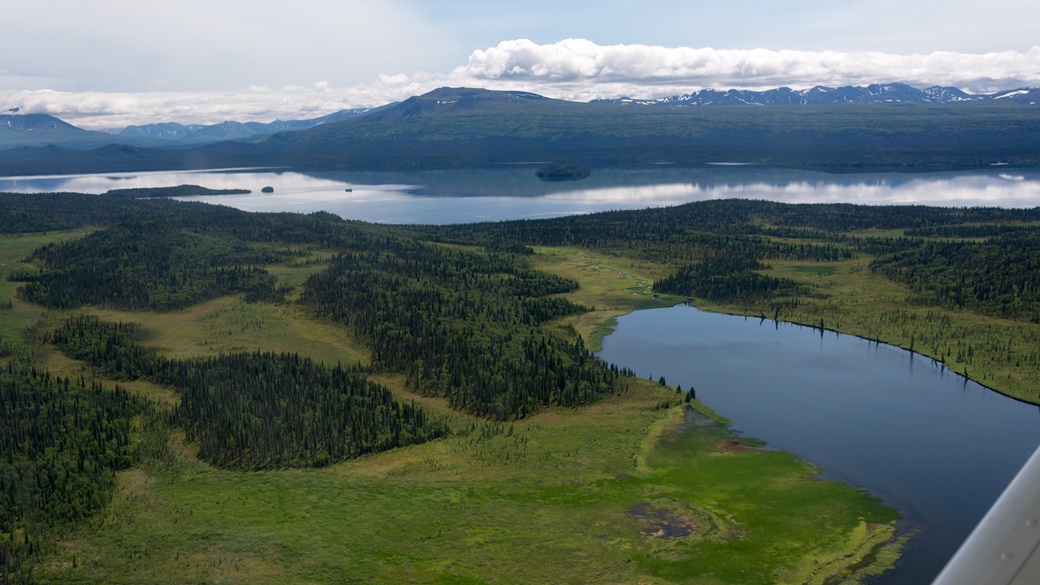

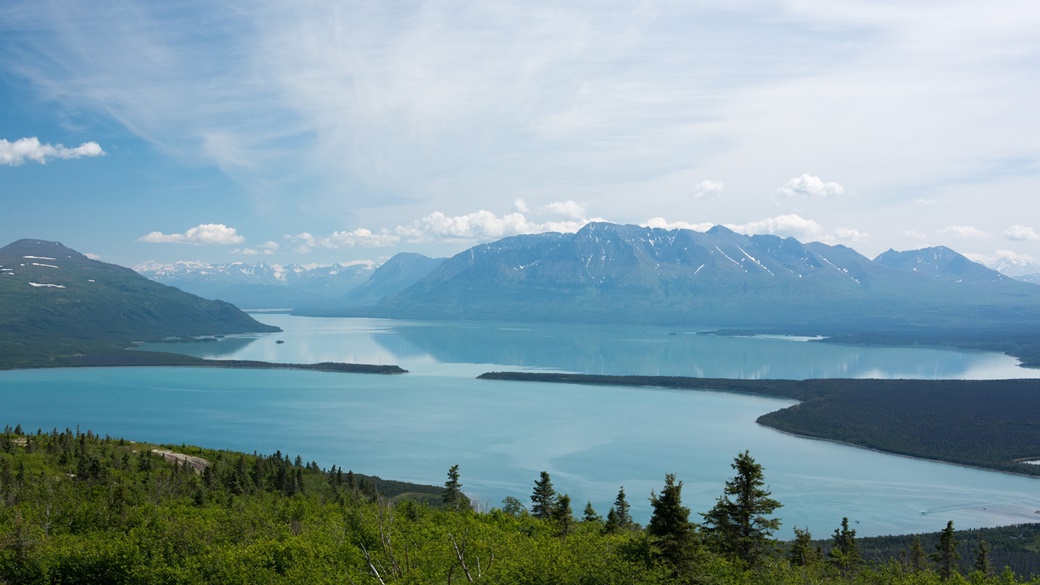
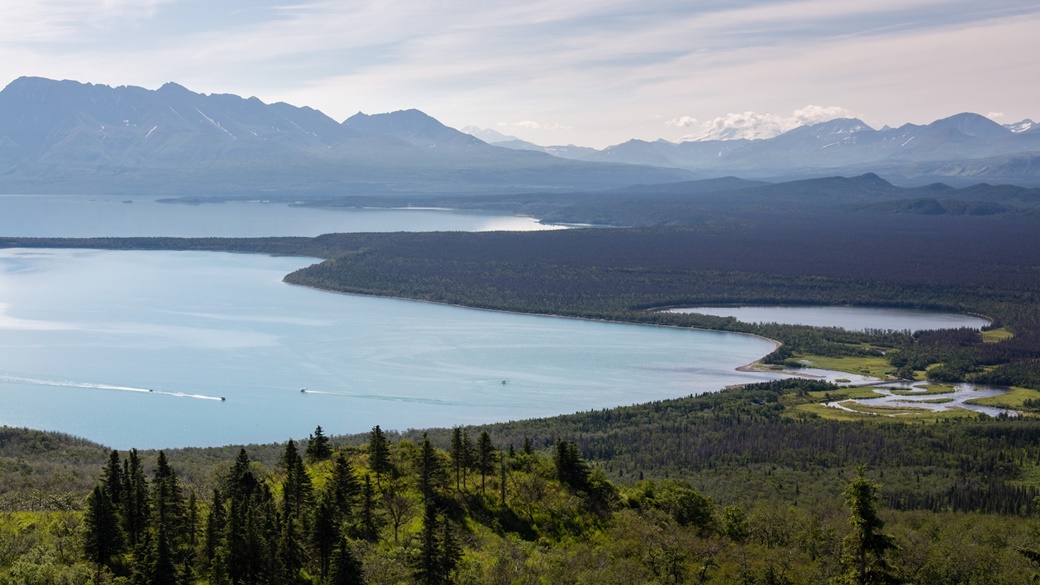
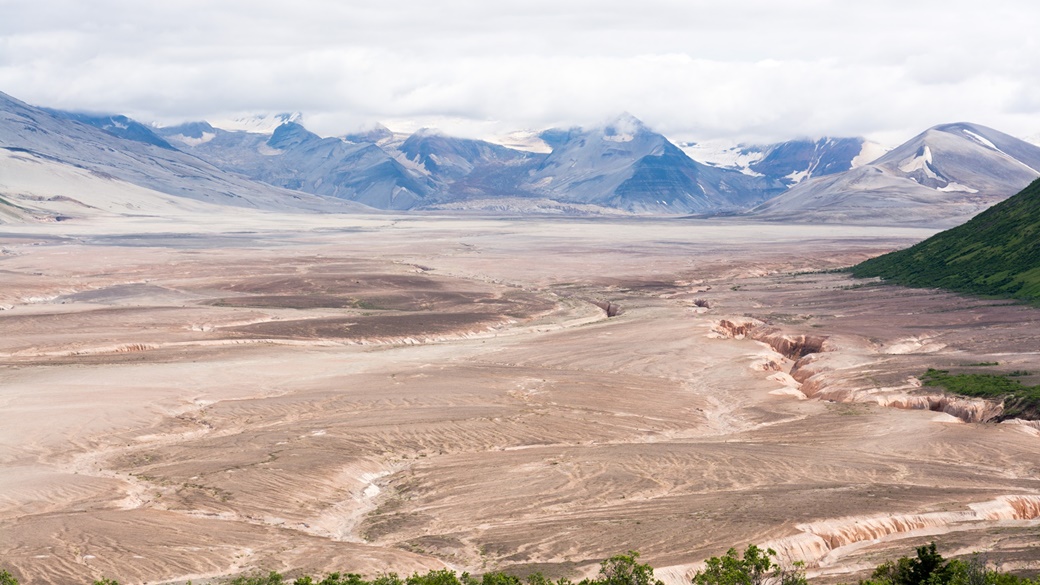
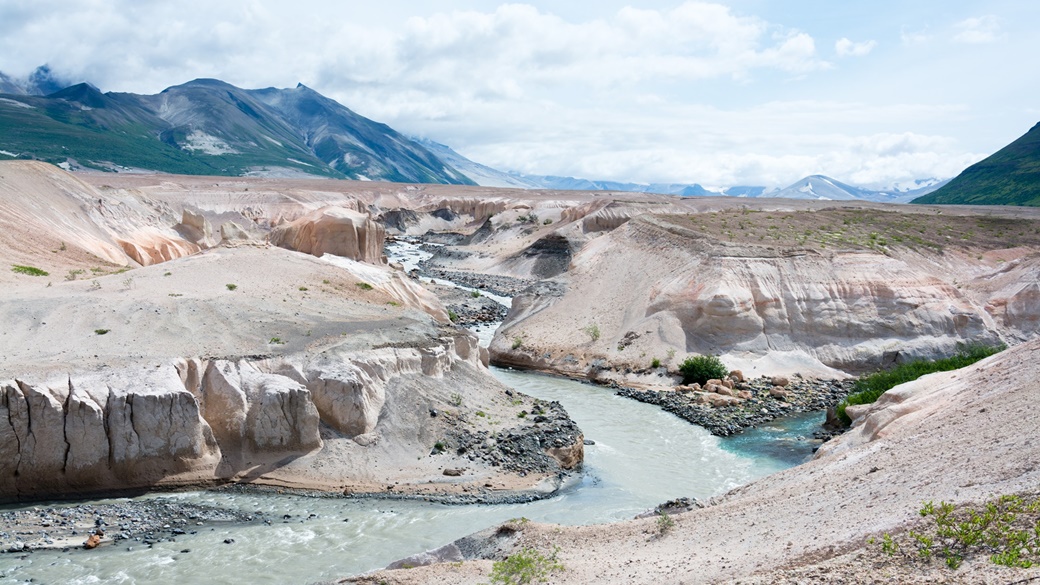

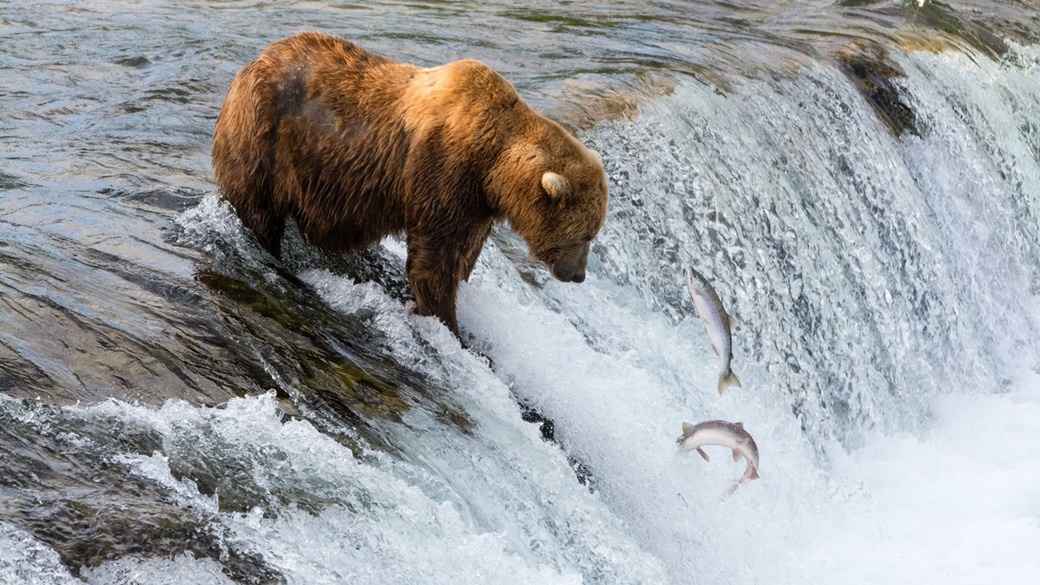
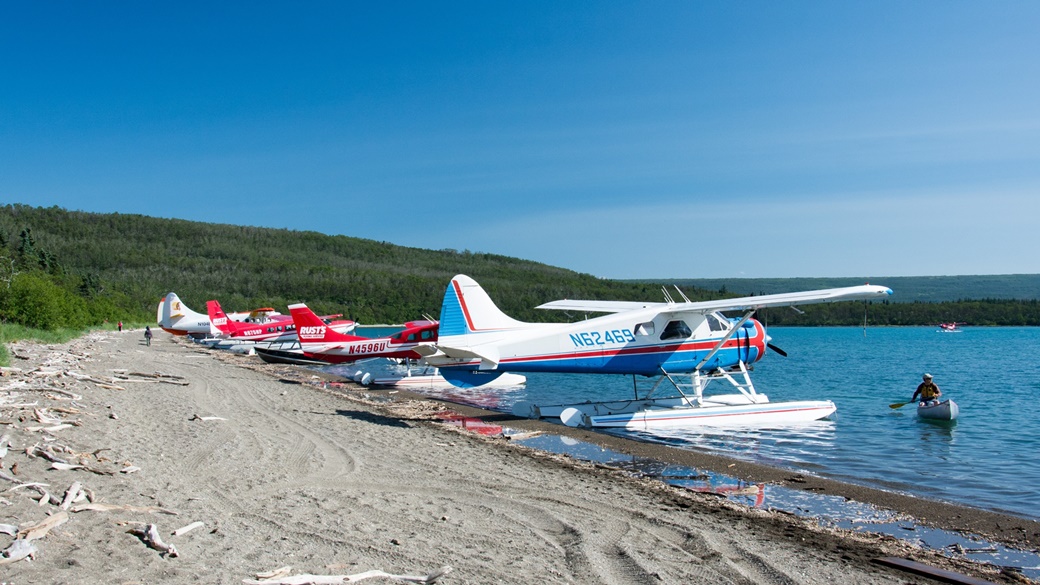
US National Parks
- National Parks of the USA – Map, List and Annual Pass
- America the Beautiful Pass 2025 – How It Works, Cost & Parks
- Timed-Entry Reservation for US National Parks (2025 GUIDE)
Travel Guides to USA National Parks

 10 Best Photo Places in the USA
10 Best Photo Places in the USA
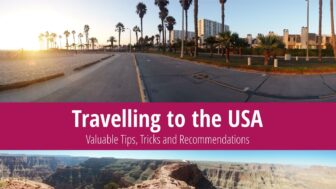

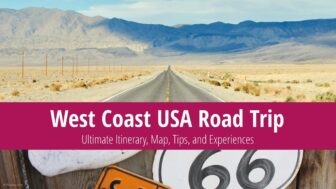

Contribute with Your Question or Personal Experience